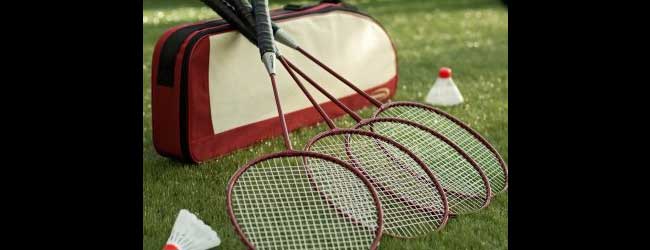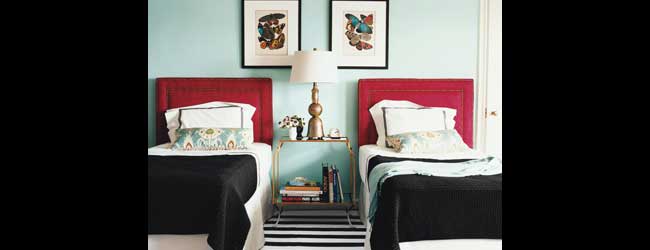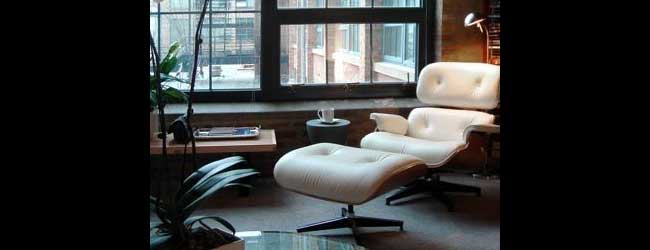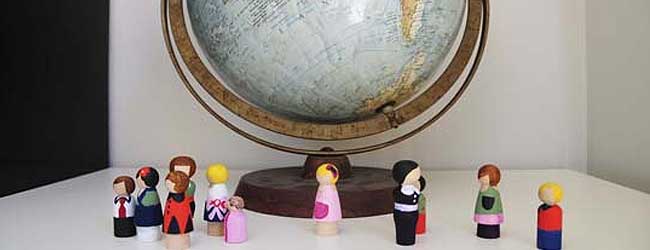When you discuss fashion, you have to acknowledge that no strict rules apply to everyone. For some professions, a suit is the de rigueur attire. In other industries, work clothes make more sense. And plenty of organizations fall somewhere between. During the summer, the rules get even murkier because everyone has his or her own idea of what’s appropriate. And if you’ve taken a look around, you know some people really take liberties with their wardrobe.
Because we can’t address every possible mistake for every workplace, we’ve put together some guidelines that work for many workplaces. Maybe only nine of the 10 tips apply to your company. Still, the bottom line is that you should put some thought into what you wear, because your wardrobe affects your professional reputation.
Here are 10 summer-attire taboos:
1. Flip-flops
Professional or dressy sandals are acceptable in many workplaces, and you know better than anyone if you work in such a place. Flip-flops and other recreational footwear are rarely acceptable for the same reason blowing a bubble with gum in a meeting is inappropriate: You look out of place and inconsiderate to your audience. Plus, that annoying sound of the flip-flop slapping against your heel will not make you any friends.
2. Bathing suits in any form
This tip might sound obvious, and hopefully it is. However, in case it’s not, remember that sprucing up your bathing suit with a nice shirt, a belt, shorts or any other accessory will not fool anyone. If you’re going straight to the pool after work, just change your clothes in the bathroom or a private office when the day is over.
3. Sunglasses indoors
You’re not Bono. Yes, the sunlight is blinding when you walk outside or drive to work, but sunglasses don’t belong indoors. People can’t tell if you’re paying attention to them when your eyes are hidden behind dark lenses, and everyone will wonder if your pupils were just dilated.
4. Shorts
Shorts automatically take the professional image down a notch, which could be a good thing for some places. For example, if you walk into a store that sells surfboards and wetsuits, you want to be greeted by someone in shorts and a tee, not a suit and briefcase. In most workplaces, however, shorts detract from a professional demeanor. Even nice shorts that are more suited for a day the country club than an afternoon painting your kitchen aren’t as pulled together as a pair of pants.
5. Tank tops
Regardless of the season, you should be wary of showing too much skin. In the summer, tank tops are prevalent in many wardrobes, and you might be tempted to sport one to work. Don’t. From an aesthetic standpoint, tanks make people think of a six-pack of beer, not of a six-figure salary. A professional look should lean more toward the latter.
Another issue that exists in some organizations is the idea that no one, male or female, should have bare arms. Remember when Michelle Obama took flak for her sleeveless blouses? As with many of these tips, use your best judgment. Unless your occupation involves some form of labor where sleeves affect your work, you should keep your upper arms covered.
6. Apparel that smells like or carries remnants of the beach
Who doesn’t love the beach? The sun, the waves lapping against the shore, the sand between your toes. If you need to bring a starfish home as a vacation souvenir, by all means, do it. Just don’t wear your beach clothes to the office — especially if they have that aroma of fresh ocean life or are leaving a trail of sand behind you. If, by some chance, your beach wardrobe is suitable for your workplace, at least have the good sense to run it through the washer once or twice.
7. Funny shirts or shirts from your vacation destination
Your “I’m Not as Think as You Drunk I Am” shirt might make your best friends laugh, but your boss, colleagues and customers or clients will disagree. Clothing shouldn’t announce itself, so steer clear of humor. And shirts bearing the name of your last vacation destination (“Mexico!” or “Missouri: The Show Me State”) will probably make your overworked colleagues begrudge your time off.
8. Not being prepared
Even if you’re allowed to be casual during the summer, have a backup outfit or piece of clothing to dress up your attire. If you’re in jeans and a plain T-shirt and your biggest client calls a last-minute meeting, it wouldn’t hurt to have a least a blazer or nicer shirt on hand. Being prepared is never a bad thing.
9. Anything see-through.
Another tip that should go without saying, but just in case: Skin and undergarments should not be seen through the fabric you’re wearing. Lightweight linen that’s breezy and comfortable on the beach is inappropriate at work, not to mention uncomfortable for your co-workers.
10. Testing the limits
If your employer gives you wiggle room with the dress code by using words such as “appropriate” and “reasonable” to describe acceptable attire, use your brain. A ketchup-stained T-shirt, scandalously short shorts and dilapidated tennis shoes are acceptable in your personal life, but not at work. And you know that. So don’t ruin summer wardrobes for everyone.








 It is a privilege you have chosen to visit RM’s website. Welcome to the site, the premier source of made to order and confidential business advice, where the clients and their needs are the real priority.
It is a privilege you have chosen to visit RM’s website. Welcome to the site, the premier source of made to order and confidential business advice, where the clients and their needs are the real priority. 
